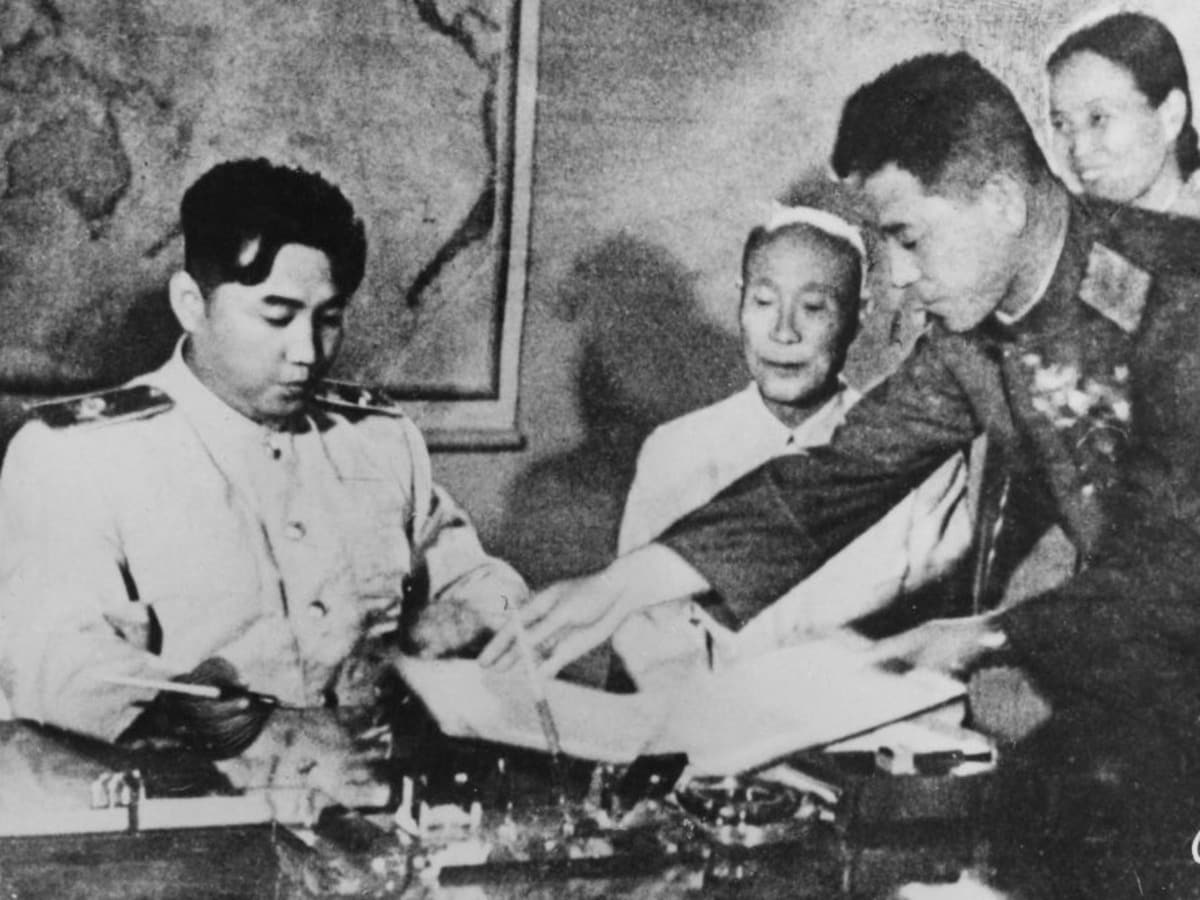North Korea First King Kim Il Sung: The Democratic People’s Republic of Korea was established on 9 September 1948 and Kim Il Sung was elected the leader of the country. Kim Il was the grandfather of current dictator Kim Jong Un. Kim Il officially started ruling the country from 1948, although he was crowned by Soviet Russia in 1945 itself. Kim Il lived longer than his contemporary Russian dictator Stalin. When Kim Il died on 8 July 1994, there was mourning in the country for the next 10 days. Crying was made compulsory for the people. The government even employed spies to detect real and fake tears of the people.
We are telling you the story of North Korea’s first dictator Kim Il Sung. Kim Il’s coronation was possible because of Russian dictator Stalin. In 1945, after the Second World War, the cruel Japanese declared Korea independent after defeat. Cho Man Sik was the first choice of the Soviets to lead Korea, but Stalin realized that Cho would not work as his puppet in Korea. Sensing Cho’s intentions, Stalin approved Kim Il’s coronation at the last moment.
Kim Il flopped in his first speech of life
Kim Il, who ruled North Korea for about 49 years, failed to impress his countrymen in his first speech. According to a BBC report, no one liked the speech of 33-year-old Kim Il in Pyongyang (the current capital) on 14 October 1945. He was wearing very tight clothes and despite reading from a page, he stumbled several times. Nervousness could be seen on his face. Kim Il was 33 years old at that time and due to living in exile for 26 years, he was not able to speak the Korean language properly.

Presented himself as God
However, despite the first flop speech, Kim Il soon strengthened his hold on the country and started ruling the country like a dictator. After the attack on the US commander in 1950, America dropped more than 6 lakh ton bombs on North Korea. Two lakh bombs were dropped in the capital Pyongyang alone. That means one bomb per civilian. Despite the destruction caused by America, Kim Il had completely dominated North Korea in the next 10 years. North Korea, which was once filled with posters and pictures of Stalin, now had only pictures and monuments of Kim Il. Wherever Kim Il went, that place started being worshipped as a religious or tourist place.
The countrymen were divided into three categories
The situation became such that the people of the country were divided into three categories. The rich people in the first category worshiped Kim Il as God and in return got lots of food, facilities, education for children etc. The poor people in the second category were given less facilities. Whereas, people in the third category were isolated. These included those people who did not like Kim Il’s dictatorship. They were deprived of even basic necessities. During this time, restrictions were imposed on listening to songs, making films, depicting love, love based films. Everyone’s head had to be bowed while meeting Kim Il. If any relative of a North Korean person lived in South Korea or had relations with an enemy country, then he was also given a harsh punishment. There was a provision of a jail sentence of up to three years for those who ignored Kim Il’s picture.

The country cried for 10 days after his death, even deployed spies
Kim Il died on 8 July 1994. It is said that the Korean government announced Kim Il’s death 34 hours later after being completely sure that his death would not lead to rebellion. The message given on Korean radio was – The man with a great heart is gone. Not only this, mourning continued in the country for the next 10 days. It was made mandatory for the countrymen to cry in public places to show loyalty to Kim Il. Detectives were also appointed to investigate this so that it could be found out whether people were really saddened by Kim Il’s death or they were pretending to cry.














Leave a Reply